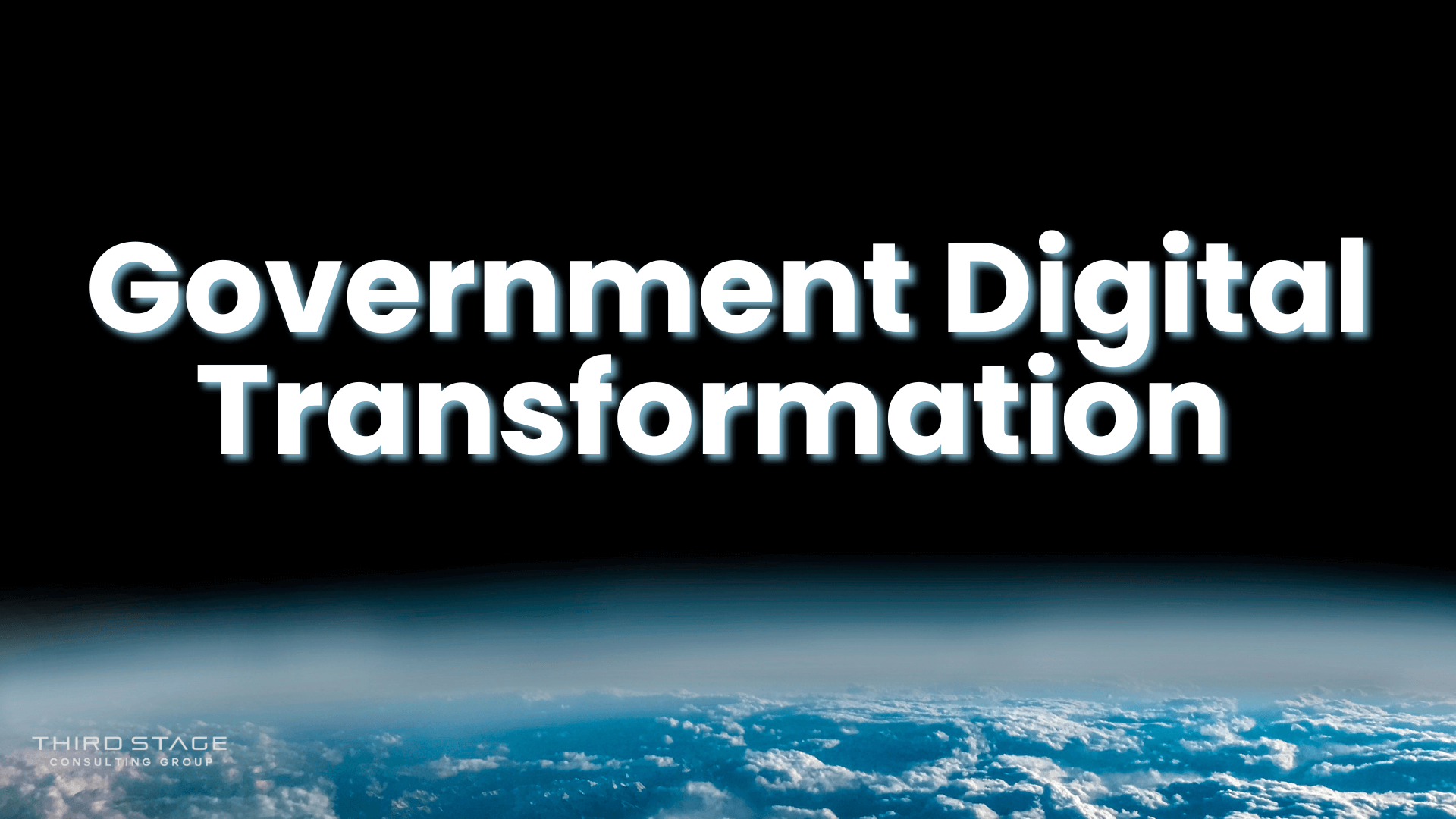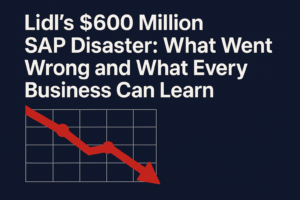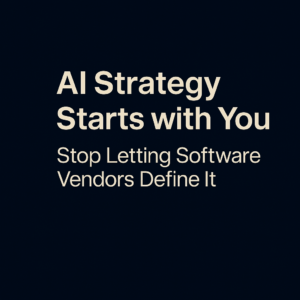Government digital transformation comes with a massive challenge—moving from highly customized, disconnected systems to a single, standardized platform. Unlike businesses that have the flexibility to adopt new technology quickly, government agencies must work within strict regulations, security requirements, and complex governance structures. This makes large-scale IT transformations not just a technical hurdle but an organizational one, requiring careful planning, coordination, and buy-in from multiple stakeholders.
Table of Contents
ToggleThe Challenge of Standardization
Government organizations often rely on a patchwork of legacy systems tailored to specific departmental needs. These systems have evolved over decades to fit the unique workflows and requirements of each agency. Moving from these highly customized environments to a unified Software-as-a-Service (SaaS) or Business-as-a-Service (BaaS) solution introduces a significant change management risk. The new platform, while offering efficiencies and scalability, often lacks the same level of flexibility as the older systems, forcing agencies to adapt their processes.
This transition raises fundamental questions:
- How do you align different agencies with different operational models onto one standardized system?
- How do you ensure that legacy business processes are not lost in the transition?
- How do you mitigate the resistance from employees accustomed to their existing systems?
The Human Factor: Change Management Risks
Change management is often the most underestimated factor in digital transformation projects. In any large-scale implementation, people—not technology—become the biggest obstacle. The resistance to change, whether from end users, managers, or key stakeholders, can derail even the most well-planned initiatives.
Key risks include:
- User Adoption: If employees do not embrace the new system, productivity and efficiency suffer.
- Training Gaps: Without adequate training programs, users struggle to adapt, leading to operational slowdowns.
- Stakeholder Misalignment: If different agencies have conflicting goals, decision-making slows down, and project progress is hindered.
Given the complexity of government agencies, aligning stakeholders across departments becomes a logistical challenge. A clear governance structure must be established to define:
- Who is responsible for making critical decisions?
- How quickly can decisions be made?
- How should conflicting requirements between different agencies be resolved?
Without this structure in place, projects can stagnate due to indecision and bureaucratic gridlock.
Interoperability and Integration Risks
Another major challenge is the integration of the new system with existing technology ecosystems. No Enterprise Resource Planning (ERP) system functions in isolation. Most government agencies rely on a web of interconnected applications, databases, and third-party tools to manage everything from procurement to citizen services.
Transitioning to a new system requires seamless integration with:
- Legacy databases
- Compliance and security systems
- Agency-specific applications
- Third-party software providers
When these integrations are not carefully planned, they create technical bottlenecks, data migration errors, and security vulnerabilities.
Budget and Timeline Risks
Large-scale government IT projects frequently suffer from budget overruns and timeline delays. Accurately predicting the costs and duration of such projects is inherently difficult due to:
- The scale of the project
- Unforeseen technical complications
- Shifting policy and regulatory requirements
- Evolving stakeholder expectations
Many vendors bid for government contracts with aggressive pricing models, often underestimating the true cost of implementation. Once the project begins, cost escalations due to unforeseen complexities become inevitable. Without strong contractual alignment and risk mitigation strategies, government agencies may find themselves locked into lengthy, costly implementation cycles.
The Lack of a Phase Zero Approach
One of the most common mistakes in government digital transformation is the absence of a Phase Zero—the preliminary phase where requirements are fully analyzed, risks are identified, and alignment between stakeholders is achieved before formal implementation begins.
Without a Phase Zero, agencies may face:
- Misalignment on project goals
- Unrealistic expectations about system capabilities
- Lack of clarity on integration requirements
- Delays due to last-minute adjustments
A robust Phase Zero process helps mitigate risks by ensuring that agencies, vendors, and stakeholders are on the same page before significant investments are made.
Governance Challenges: Who Makes the Decisions?
In the private sector, decision-making is typically centralized within an executive leadership team. In government projects, decision-making is often spread across multiple agencies, each with its own priorities, regulations, and operational structures.
Consider a scenario where a steering committee consists of representatives from three dozen different agencies—each with a voice in determining the project’s direction. How do you establish a clear governance structure in such a fragmented environment? Who has the final authority to approve process changes, budget allocations, and implementation timelines?
Without a streamlined governance model, government digital transformation projects risk becoming paralyzed by bureaucracy, leading to inefficiencies and project stagnation.
Conclusion: Navigating the Complexity of Government Digital Transformations
Government digital transformation is a high-stakes endeavor that requires meticulous planning, strong change management, and robust governance structures. Success hinges on several key factors:
- Establishing a clear change management strategy
- Defining a well-structured governance model
- Ensuring stakeholder alignment across agencies
- Addressing interoperability and integration challenges
- Implementing a realistic budget and timeline with contingency plans
By proactively addressing these risks, government agencies can avoid the common pitfalls that lead to costly failures and instead create a sustainable, efficient digital future.






